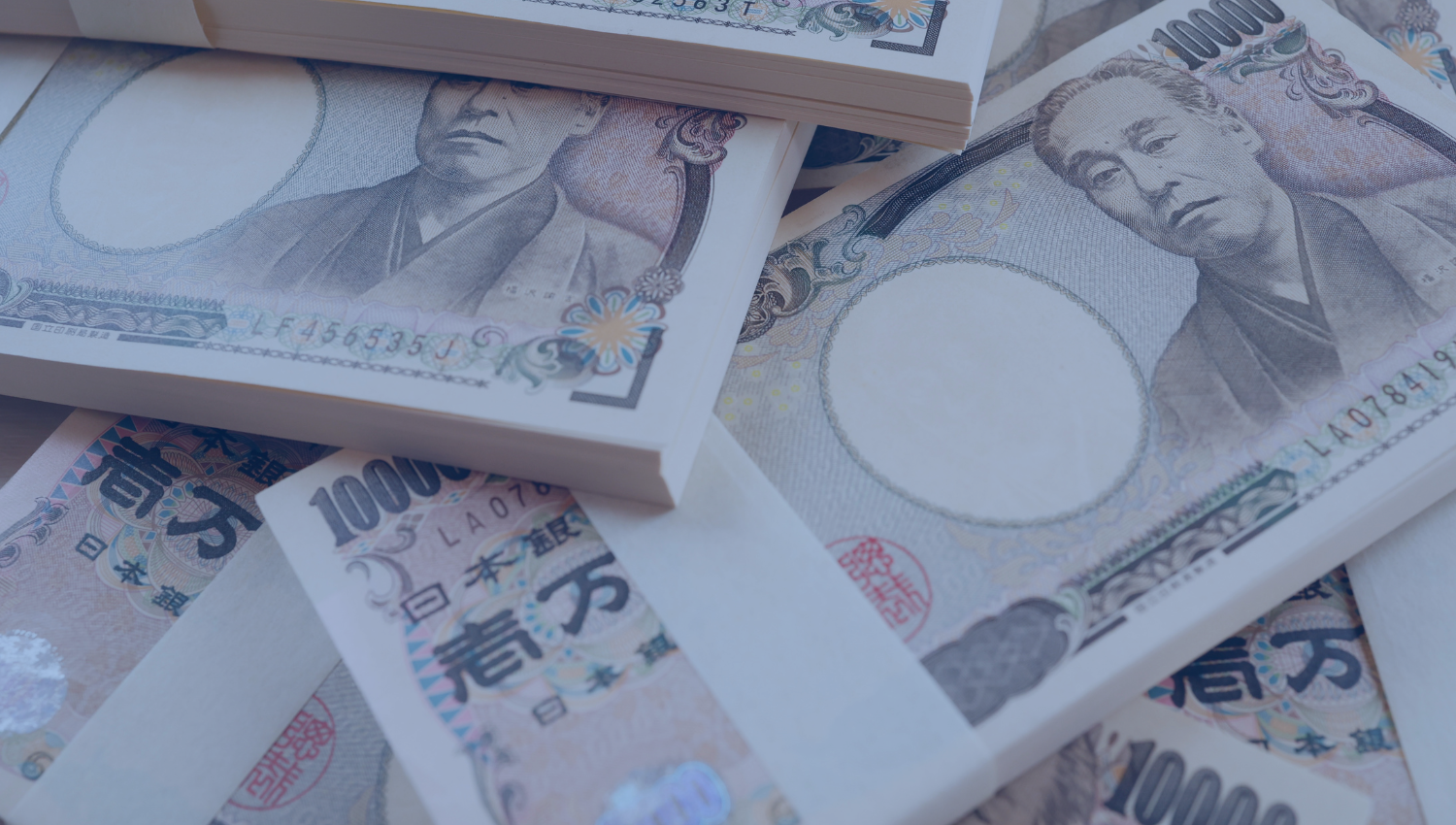The Complex Relationship Between the Nikkei Index and USD/JPY

Introduction
In the intricate web of global financial markets, few relationships are as intertwined and impactful as that between the Nikkei Index and the USD/JPY exchange rate. The Nikkei Index, representing Japan’s stock market performance, and the USD/JPY exchange rate, reflecting the relative strength of the U.S. dollar and Japanese yen, are two critical indicators watched closely by investors and analysts worldwide. The dynamics between these two entities are far from straightforward; they are shaped by an intricate interplay of various factors that span economic, geopolitical, and psychological realms. Understanding these influences is paramount for anyone seeking to navigate the Japanese financial landscape effectively. In this exploration, we delve into the complex factors that mold the relationship between the Nikkei Index and USD/JPY, from currency movements to market sentiment, historical precedents, economic indicators, and beyond.
The movements of the Nikkei Index and the USD/JPY exchange rate are shaped by a range of factors that interact in a complex manner. These factors are essential for investors and analysts seeking to understand and navigate the Japanese stock market and currency markets effectively. Key influences include currency depreciation or appreciation, risk sentiment, economic indicators, historical analysis, and other intricate elements that contribute to the relationship between the Nikkei Index and USD/JPY.
Key Influencing Factors
1. Currency Depreciation/Appreciation:
– Impact on Japanese Exporters: Changes in the value of the yen can significantly affect Japanese exporters. When the yen weakens against the U.S. dollar, Japanese exports become more competitively priced for foreign buyers. This can lead to increased demand for Japanese products, benefiting export-dependent companies and potentially raising the Nikkei Index.
-Effects on Stock Prices and Profitability: Currency depreciation can directly impact Japanese companies’ profitability, especially those engaged in international trade. A weaker yen can increase the value of foreign currency earnings when converted to yen, potentially improving stock valuations and contributing to a rise in the Nikkei Index.
2. Risk Sentiment and Market Dynamics:
– USD/JPY and Market Sentiment: The USD/JPY exchange rate is closely tied to market sentiment and risk appetite. During periods of heightened risk aversion, investors tend to seek refuge in safe-haven assets like the Japanese yen, strengthening its value relative to the U.S. dollar.
– Influence on the Nikkei Index: Changes in risk sentiment and the USD/JPY rate can impact the Nikkei Index. Optimistic, risk-on periods may attract investment into the Japanese stock market, potentially lifting the Nikkei. Conversely, risk-off periods could lead to yen appreciation and downward pressure on the index.
3. Economic Factors and Indicators:
– Impact of Japanese Economic Data: Japanese economic data releases, such as GDP growth and consumer sentiment, can significantly influence the Nikkei Index. Positive data can boost investor confidence and stock prices.
– Effects of U.S. Economic Factors on USD/JPY: U.S. economic factors like interest rates and inflation can influence the attractiveness of the U.S. dollar relative to the yen, indirectly affecting the USD/JPY rate and, subsequently, the Nikkei Index.
4. Historical Analysis:
– Examples of Correlation: Historical data shows instances where yen appreciation has led to declines in the Nikkei Index during market crises. The stronger yen negatively impacted Japanese exporters, leading to lower stock prices and a decrease in the Nikkei.
-Relationship During Risk Aversion: In times of risk aversion, yen strength and reduced USD/JPY rates can exert downward pressure on the Nikkei Index, reflecting investors’ preference for safe-haven assets.
5. Understanding Complexities:
– Geopolitical Events: Beyond the direct relationship between the Nikkei Index and USD/JPY, geopolitical events like trade disputes or natural disasters can disrupt markets and influence both variables independently.
– Monetary Policy: The decisions made by the Bank of Japan and the U.S. Federal Reserve, such as interest rate changes and quantitative easing, can introduce complexities into the Nikkei Index and USD/JPY dynamics.
Conclusion
In the ever-evolving world of finance, grasping the nuanced connection between the Nikkei Index and USD/JPY is akin to deciphering a complex puzzle. This intricate relationship is not merely a matter of numbers on a screen; it’s a reflection of the global economic and geopolitical tapestry. Currency depreciation or appreciation can set the stage for Japanese exporters to thrive or struggle, while shifts in market sentiment send ripples through both the exchange rate and the stock index. Economic indicators, both in Japan and the United States, play a pivotal role in guiding investor decisions. Historical data reminds us of the lessons learned from the past, where yen strength has led to stock market declines during times of crisis.
Yet, beyond these fundamental factors, the stage is also set by geopolitical events and the decisions of central banks. Trade disputes, natural disasters, monetary policy, and interest rate adjustments can introduce unexpected complexities into this delicate dance between the Nikkei Index and USD/JPY.
To navigate this intricate landscape successfully, investors and analysts must consider the full spectrum of influences at play. A comprehensive understanding of currency dynamics, market sentiment, economic indicators, geopolitics, and central bank policies is essential. Armed with this knowledge, one can make well-informed decisions, charting a course through the ever-shifting tides of Japanese financial markets. As we look to the future, it is clear that the relationship between the Nikkei Index and USD/JPY will continue to evolve, responding to the myriad forces that shape the global economic landscape.

